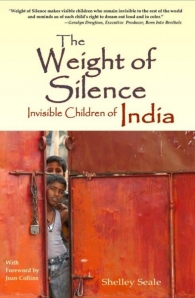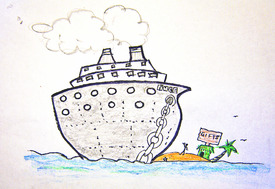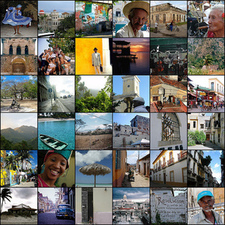by Shelly Seale
By now everyone has seen, or at least knows about, the movie Slumdog Millionaire and its astounding sweep of the Oscars, the Golden Globes, and millions of movie-watchers' hearts worldwide. For good reason – the film is affecting without being affected, has great multi-dimensional characters, and gives us phenomenal cinematography with brilliant India as its backdrop.
 Now available for purchase in TheTrip Shop!This tale of life and love in the slums of Mumbai alternates between heartbreak and triumph. The story follows two brothers who live in an underworld of abject poverty, far removed from the country’s glitzy upper class or technology and business boom. Their lives become even more brutal after they are orphaned.
Now available for purchase in TheTrip Shop!This tale of life and love in the slums of Mumbai alternates between heartbreak and triumph. The story follows two brothers who live in an underworld of abject poverty, far removed from the country’s glitzy upper class or technology and business boom. Their lives become even more brutal after they are orphaned.
Following them throughout their childhood and into early adulthood – along with their friend Latika – we see them fight against exploiters, brothel owners, child abusers, and even each other, in their struggle to survive.
Slumdog Millionaire is a fictional movie ending with a bizarre twist of fate. However, the reality of the story is that for millions of children in India, the life portrayed in the movie is a a world away from the rags-to-riches ending of the film. Today there are 25 million Indian children living without parents, on the streets or in orphanages or other institutional homes – some good, and some bad or corrupt like the one portrayed in the movie. They live in orphanages, slums, railway stations or on the streets, where they are highly vulnerable to abuse, harassment, HIV/AIDS, and being trafficked into child labor if they're lucky - brothels if they're not.
Slumdog Millionaire shows us a side of India, and a way of life, that hundreds of thousands of children in Mumbai alone struggle to survive every day.



